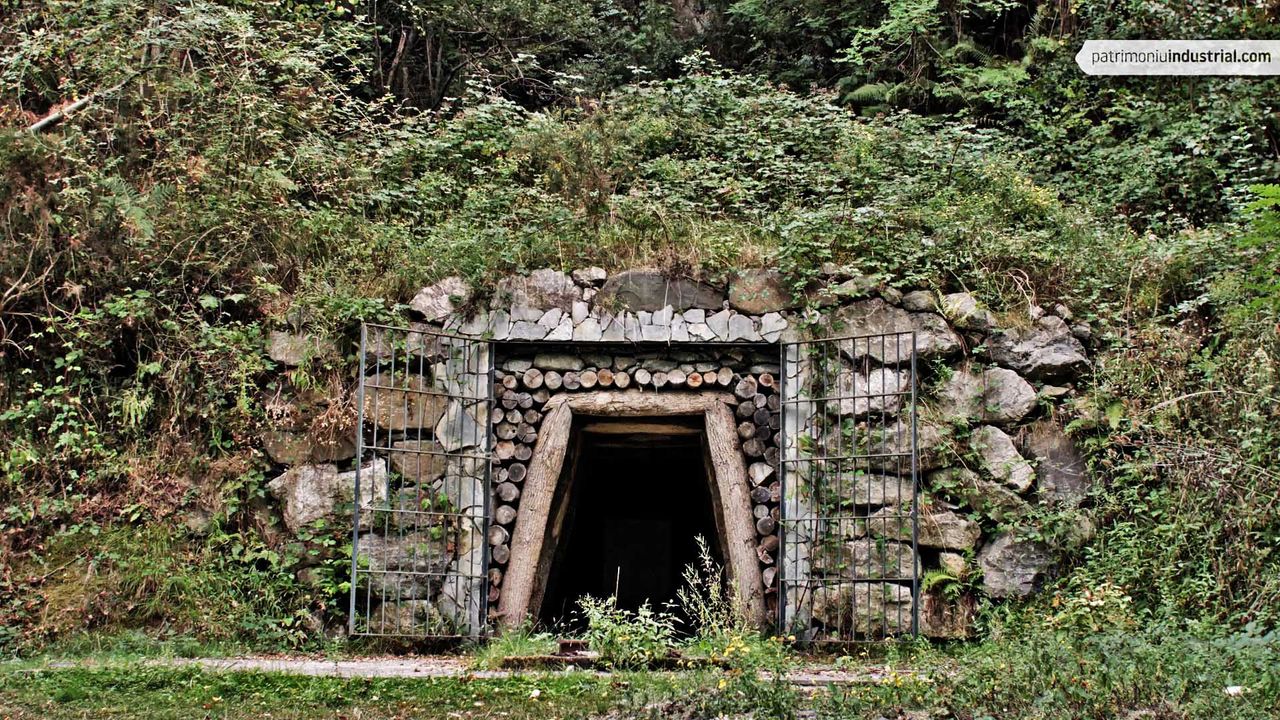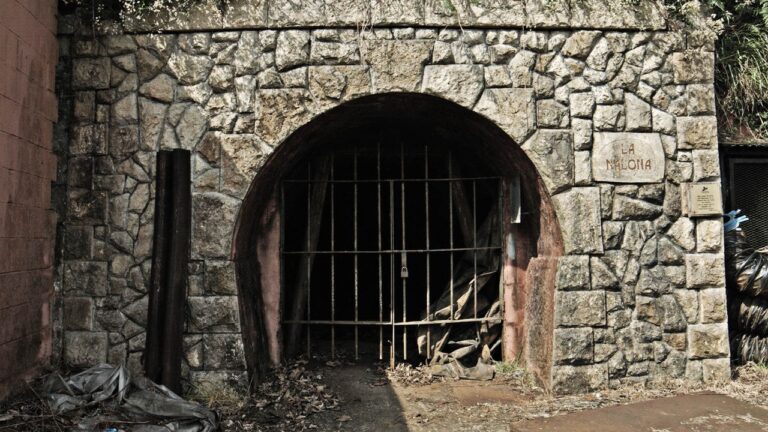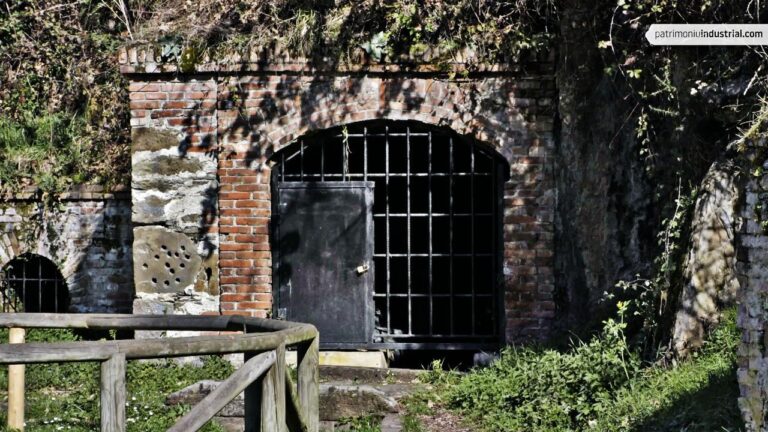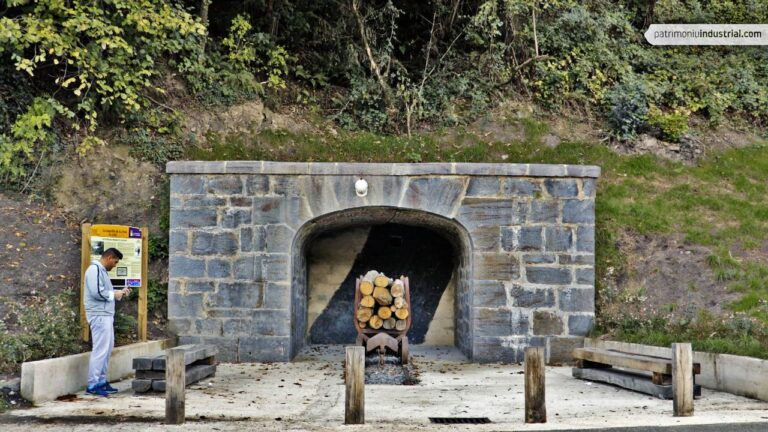Mining
At the end of the 19th century, two different facts were crucial for the development of the coal industry in the upper part of the mining basin of the Nalón river. On the one hand, the extension of the Langreo railroad from Sama to Laviana in 1888 established the direct and definitive communication of these areas with the Port of Gijón, from where the coal was shipped to the rest of Spain. On the other hand, the protective environment created by the Cánovas duty in 1891 turned mining into a successful business.
The company Coto Musel was born in this situation and it exploited some mines that had been registered in the 1870's. The company became part of the industrial group of José Martínez Rivas, one of the most active and independent members of the Biscayan industrial oligarchy. He had built an empire consisting of mines, shipyards and a modern steelwork on the foundations laid by his uncle Francisco de las Rivas, the first Marquis of La Mudela. The death of José Martínez in 1913 meant the gradual disappearance of the group, with the sale of different companies except for Coto Musel, leased in 1926 to Joaquín Velasco, who had already sunk the Pumarabule, Entrego or Sorriego mines.
In El Meruxalín (Laviana), the Coto Musel company had residential quarters and its main mining center. The Amada, La Mudela (due to the homonymous marquisate linked to the family) and San José mine openings stand out. A mining branch transferred the production from this point to El Cantiquín, over Laviana, bringing the mineral down to El Sutu by means of an impressive inclined plane. This is where the company set up the coal treatment plant and the offices, and from this point, the mineral was sent through another branch to the Langreo railway station. This complex railway system has become part of the popular culture through a famous tune that goes, “Cuando la máquina pasa del Meruxal a Mardana va Manolín de Barredos cantando la Soberana”, meaning, “when the locomotive passes from El Meruxal to Mardana, Manolín de Barredos sings la Soberana.”
In 1970, the tenant Joaquín Velasco took over the ownership of the mine, proceeding to sell it immediately and had it integrated into HUNOSA, which closed it the following year due to mineral depletion.
PHOTO GALLERY






Recent Comments